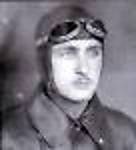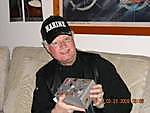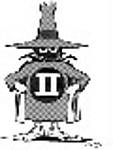Hi everybody,
As the server was down for a day or two, I was wondering how much we owe to StaffJim and his hard work! I am really thankful for his hard work that enabled us to meet again! Thanks, Jim!
I was quite busy these days (there are too many builds going on behind the scenes!), but I am eager to finish the Albie asap (so as to leave some room for the models in the pipeline). I continued with the camo work (first layer without weathering), and - alas - all the nice wood tones are gone! What a waste of time, you may think. But I am not going to convince you that it paid off, because all the fine detail peeps through the camo (the studio lights and the camera are not going to reveal that, though).
I must repeat that I am a complete novice in the early aviation world, and my k.u.k. autumn camouflage (or at least this is what I attempted to do) is in fact only an educated intuition in terms of hues, tones and techniques. But now when it is completely dry, it appears to me as satisfactory interpretation of the camo (but isn't that the best we could possibly offer?)
So, here are some of the photos with only short description of the sequence of steps. First, I dabbed with my spongy a uniform pattern of Vallejo Model Air Drab Olive (71043), which has some brownish appearance to it...

... and this is how it looked with the first layer of Drab Olive applied to the fuselage and the wings...

... than the same procedure and technique was used to apply Vallejo Model Air Black Green (71021), but with slightly rounded and circular movement of the sponge, as you can see on the tip of the left wing...

... when the application is done and dry, I toned it a bit with a light airbrushed layer of Vallejo Model Air Camo Green (71002), which gave it a bit light greenish hue. So, that is a short pictorial, and here are the photos of the finished first phase. The next step is to apply decals, varnish and do the weathering...



I hope you like it! Of course, comments are more than welcome!
All the best,
Entoni
 Actually, these are not cuts. I enclose the photo; larger holes were drilled to receive a small PE inserts that were attached with CA and then finely sanded to smooth finish. I wondered how to make clean cuts for the cables, but doing it this way seemed much more easier.
Actually, these are not cuts. I enclose the photo; larger holes were drilled to receive a small PE inserts that were attached with CA and then finely sanded to smooth finish. I wondered how to make clean cuts for the cables, but doing it this way seemed much more easier.


















































